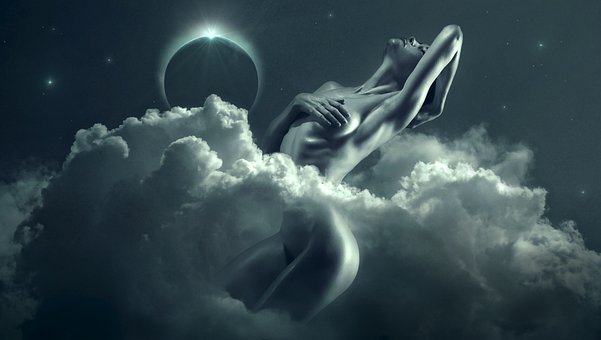At the end of the 90s of the last century, and at the request of the Ecuadorian Episcopal Conference, a few monks left the Cistercian Abbey of San Isidro de Dueñas, in Palencia, bound for Ecuador, where, in the vicinity of the In the city of Salcedo, in the Sierra, they founded the first monastery of contemplative life, Santa María del Paraíso, in whose guesthouse I have been received on two occasions. And it was in the Abbey of San Isidro de Dueñas where the painter Indalecio Sobrino entered, for a short time, and from which he left loaded with sketches of figures and monastic situations on paper, and animated by the breath of the spirit that they breathe those figures and those situations. Sketches and spirit, which took artistic form in the paintings that, under the heading “The light of silence”, are exhibited in the ‘Obispo Manuel Sánchez Monge’ exhibition hall of the Cathedral and Diocesan Historical Archive of Santander.
In the pictorial work of Indalecio Sobrino, the artist gives prominence to people in the exercise of their various activities, carried out by hobby or by trade, human figures that dance, fight, play an instrument…or simply “are there” , before the eyes of those who want to see them. People, whose soul has doors open to the outside, and it is this openness that Indalecio Sobrino paints in the human bodies he paints.
They are also human figures that he shows in “The light of silence”, but of human persons who, without ceasing to “be there”, their spirit is of open doors inward, paradoxically towards transcendence, that is, people who “are per se”. I am not an expert in painting, neither theoretical nor practical, so it is not up to me to go into techniques or styles. I am not a monk either, but I am a frequent visitor to monasteries, more nuns than monks, who, beyond gender, identify themselves by a way of life, the contemplative, according to foundational rules that order their work and their hours.
It was enough for me to enter the cathedral exhibition hall for “The Light of Silence” to make me feel that I had entered a monastic environment, in which the monks comply with the times of prayer, reading/study, meditation and work, that is to say , to feel the spirituality that makes up the being and doing of the monks, expressed in their faces and in their gestures, be it in the choir, in the refectory, in the library, in the orchard…because the contemplative life has its component of activity -contemplative life-, both of quiet and still moments of interior, intimate isolation, as well as of time of physical work in the cultivation of the land, that the “pray and work”, has its complement in the “mens sana in healthy body”. The mind attentive to study and meditation; the heart, immersed in prayer; the arms, at the service of the earth that, in turn, serves them: three different activities and a single true being: the enclosed monk, again the paradox in a world open to transcendence, the claustral.
“The light of silence” makes the viewer, this viewer, sympathize with the emotion of spirituality, which emanates from a mystique of everyday life, in which the transcendent good and truth concur, and where it is the beauty of the paintings that, through the impression of the senses and the shock of the sensibility, infuse in the spirit of the spectator, of this spectator, that truth and that goodness.
Pray in silence? But isn’t silence already a prayer? Indalecio Sobrino has captured the light, which illuminates that silence, when the choir is in darkness. And he excites.
Prayer, study, meditation, work – El Farad | journalism that counts

